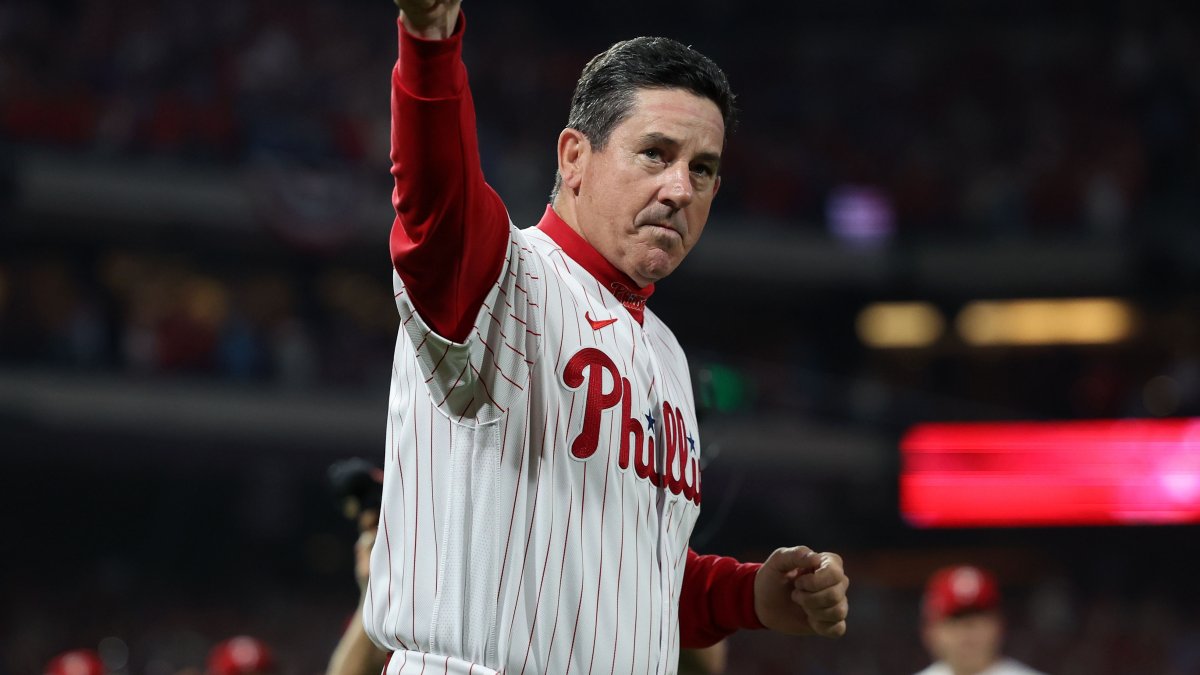Demystifying the Relationship Between Carlos Sainz and Shell: From Fuel Analysis to Sustainable Future
Carlos Sainz, the highly acclaimed Formula 1 driver, has forged a strong alliance with Shell, the fuel and lubricant partner of Ferrari since 2021. Over the years, his comprehension of the intricate mechanics that power his engines has grown exponentially. Our conversation takes place inside the Shell track lab, situated within the Ferrari garage at every F1 race. When I inquire whether a driver can be identified solely based on the chemical composition of an oil sample from their engine, Sainz chuckles and dismisses it as a myth. According to him, the drivers are so closely matched in terms of performance that it is virtually impossible to detect any variations in fuel or oil consumption based on their driving styles.
However, Sainz acknowledges that there can be differences in fuel consumption between him and his teammate Charles Leclerc due to their respective driving styles. He confesses that his driving technique requires slightly less fuel than Leclerc’s. Yet, he believes that his driving style has no bearing on the condition of the fuel after the race.
While these nuances in fuel consumption may seem insignificant, they hold crucial importance in the world of F1, where marginal gains define success. However, Sainz’s attention is focused primarily on F1’s impending shift towards fully sustainable fuel and its potential impact on car performance. The regulations and choices regarding fuel and engine development from 2026 onwards will be critical for any team aspiring to claim the championship title.
Sainz highlights his growing interest in this partnership with Shell, especially since the introduction of 10% ethanol fuel in 2022. Many drivers, including Sainz, were apprehensive about the anticipated decrease in engine performance due to this change. However, Shell’s expertise and collaboration proved instrumental in mitigating this drop in power, leading to a substantial improvement in performance.
Looking ahead, Sainz is keenly following the development of the 2026 regulations, which will mandate the utilization of 100% sustainable fuels. He considers this the next major challenge and eagerly anticipates witnessing the progress and outcome of this transition.
Since joining Ferrari, Sainz has been pleasantly surprised by the strong bond between the Prancing Horse and Shell. Although fuel development is currently frozen in F1, thereby imposing limitations on immediate performance gains, Sainz actively communicates with the engineers about fuel and oil. After each session, samples are collected for analysis, providing insights into any potential issues within the engines.
Valeria Loreti, Shell Motorsport’s Delivery Manager, acknowledges Sainz’s attention to detail and commends his curiosity to understand the technicalities. Loreti believes that their collaboration with Ferrari embodies a shared pursuit of performance and an eagerness to push boundaries. She views motorsport R&D as a unique opportunity for experimentation and knowledge generation, which can shape future developments.
As F1 moves towards the 2026 regulations, Sainz recognizes the delicate balance between performance and reliability. Although extracting more horsepower from the engine may seem enticing, it could jeopardize reliability and result in numerous races not finished (DNFs). The team’s engineers play a crucial role in striking the right balance between performance and reliability, making informed decisions on where to optimize.
Loreti asserts that performance and reliability have always been key objectives, but the introduction of sustainability brings a new dimension to the equation. She acknowledges the complexity of finding a solution that maximizes performance, efficiency, and sustainability—an exciting challenge for scientists and engineers alike.
Addressing concerns about how sustainability may impact the excitement of Formula 1, Sainz believes a well-designed plan can achieve both environmental objectives and deliver an exhilarating spectacle. Balancing sustainability and entertainment is the ideal formula for F1’s future. Sainz advocates for pioneering sustainable fuels and a sustainable world, while still cherishing the aspects that captivate fans and make them fall in love with the sport.
Shell shares this enthusiasm for the switch to sustainable fuel in 2026. Loreti emphasizes the collective effort to drive change towards sustainability in the energy landscape. She believes there will be no single solution and that multiple energy carriers and solutions will shape the energy transition. Demonstrating the performance and viability of advanced sustainable fuel not only contributes to F1’s success but also inspires ideas and future innovations in other industries.

Olivia Wilson is a trendsetter in the world of digital culture. With an eagle eye for emerging trends and viral phenomena, she keeps readers up-to-date with the latest online sensations, memes, and pop culture trends. Olivia’s passion for staying ahead of the curve is infectious.




:no_upscale()/cdn.vox-cdn.com/uploads/chorus_image/image/72931262/usa_today_21973134.0.jpg)


